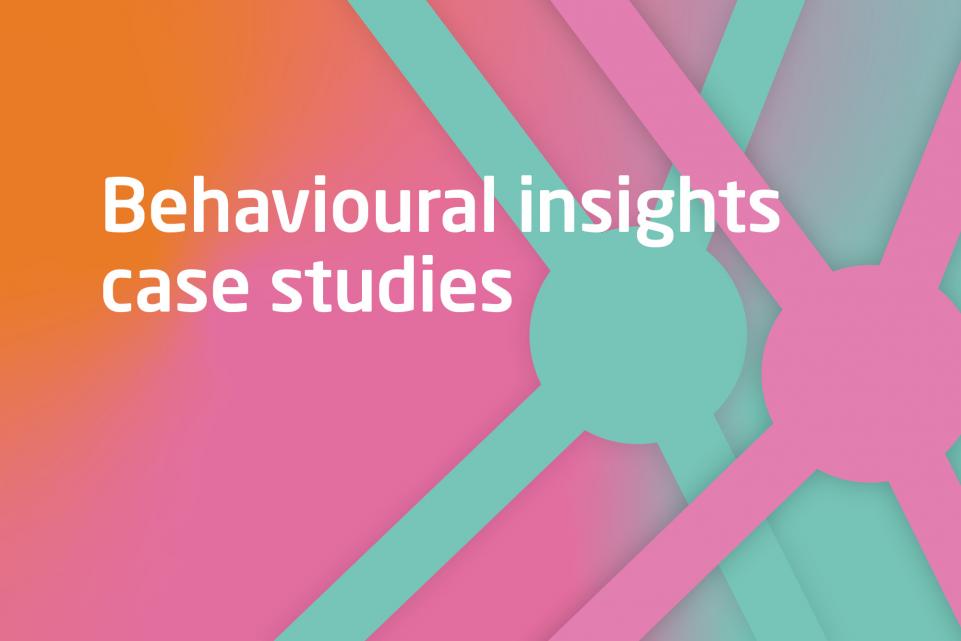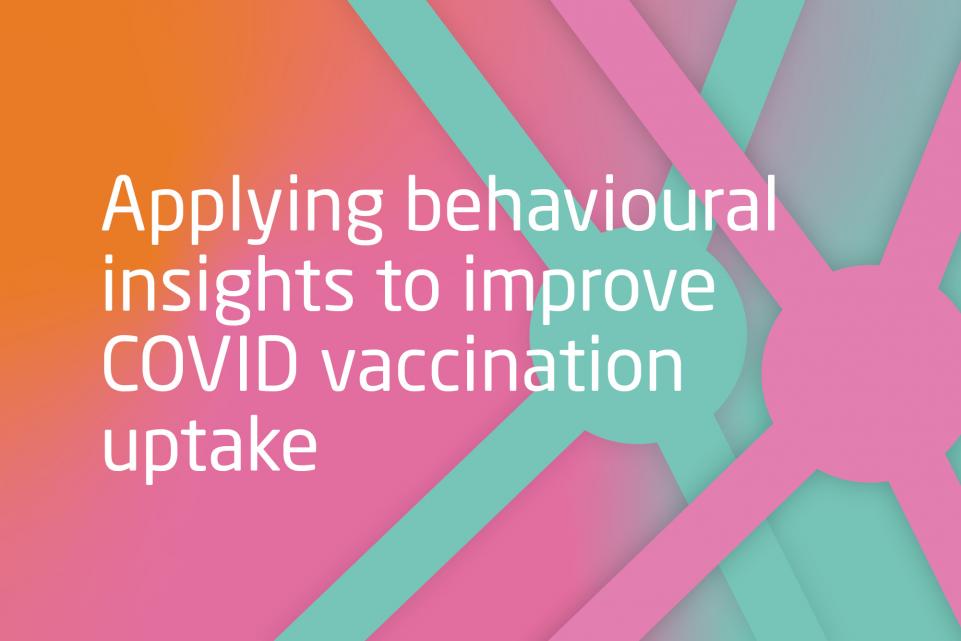Early evidence suggests that some groups are on average less likely to get vaccinated than others. This overview might help you formulate initial hypotheses about which communities may need support in your area.
A reminder
You should always cross reference the evidence below with other sources of data. For example, the actual vaccination rates for different communities in your region, or what you hear from local community representatives. Remember that the situation can change quickly as more national and international data becomes available.
BAME communities
(Note: BAME is an umbrella term for a highly heterogeneous population. This means that not all the findings presented below will apply to the entirety of the BAME community)
- Black UK citizens from priority groups were half as likely to get vaccinated against COVID compared to White UK citizens
- Lower vaccination rates were also observed among South Asians. Bangladeshi and Pakistani communities (approximately 30 per cent of eligible people got vaccinated compared to 42.5 per cent of White UK citizens)
- Members of ethnic minorities were also found to be the most distrustful of the COVID-19 vaccine
- BAME members are more likely to contract and die from COVID-19 compared to White individuals.
Economic deprivation
- Poorer UK households show lower intentions to get vaccinated
- Vaccination rates are also lower in areas of deprivation: whereas 44.7 per cent least deprived individuals got vaccinated, only 37.9 per cent of most deprived did so
Mentally ill and those with learning disabilities
- Individuals diagnosed with schizophrenia were less likely to get vaccinated (30.3 per cent) compared to non-diagnosed (41.2 per cent)
- Individuals with learning disabilities were less likely to get vaccinated (28.1 per cent) compared to individuals who were not diagnosed with a learning disability (41.1 per cent)
Women
- Women showed slightly lower intentions to get vaccinated than men
- Women from priority groups were found less likely to get vaccinated (39.6 per cent) than men (43.1 per cent)
Young people
- Young people show lower intentions to get vaccinated: individuals aged 16-34 were twice as likely to report that they are unlikely to get vaccinated of that they definitely won’t compared to individuals aged 55-75
- People aged 30-60 are less likely to get vaccinated compared to people aged 65 and more
Hard-to-reach populations
- English as a second language
- Transient and migrant workers
- Homeless
- Non-registered with GPs
- Less accessible geographical areas
- Traveller communities
- This article provides insight into resistance and barriers to vaccine take up split by specific groups
Occupational characteristics
- Key workers are less likely to get vaccinated
- Only 70 per cent of semi-skilled, unskilled and unemployed reported that they intend to get vaccinate compared to 84 per cent of those in managerial and professional positions
Orthodox religious groups
- Some religious groups, such as orthodox Jews and orthodox Protestants showed less intentions to get vaccinated and have high levels of COVID prevalence
Pregnant women
- One study on influenza vaccination found that pregnant women might have additional concerns about risks to unborn babies and side effects.
Parents and people living with children
- People living with children were more uncertain and unwilling to get vaccinated
- Parents from ethnic minority backgrounds and lower income households were less likely to get vaccinated.
Sources
Trends, regional variation, and clinical characteristics of COVID-19 vaccine recipients
Featured pages
Three-step guide to encourage COVID-19 vaccinations
Working with The Behaviouralist we have developed a three-step guide to help councils.

COVID-19: Behavioural insights case studies
A series of case studies showing how councils are using behaviour change techniques to increase vaccine uptake and COVID-19 regulation adherence.

Applying behavioural insights to improve COVID vaccination uptake: a guide for councils
This publication focuses on the work councils can undertake to improve vaccine uptake.

